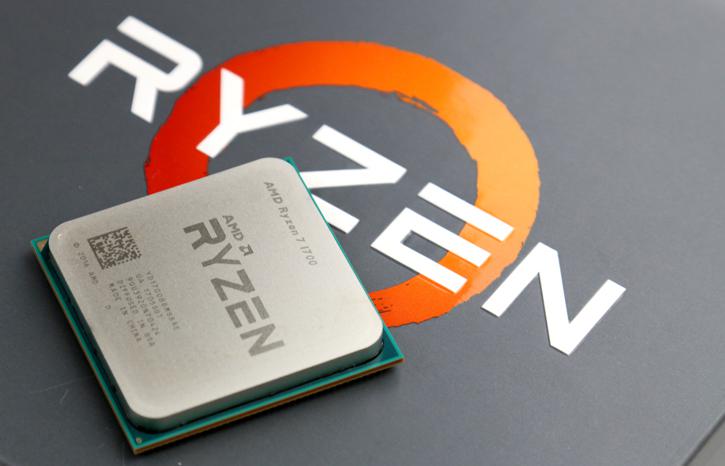Final Words & Conclusion
Final Words & Conclusion
To get your Ryzen performance up-to snuff, really you need to do very little else other then to follow a few guidelines. Now first let me state that AGESA 1006 (BIOS Firmware) doesn't really bring in extra performance compared to 1004 aside from a bit here an there. However, and we can confirm this, a lot more DDR4 memory is supported and far more stable in the boot stage at 2933 ans 3200 MHz. That huge pile of DDR4 sticks we just tested, in the early phases of Ryzen testing most of it would not even boot. For this review I wanted to check all kits on XMP.
Take our tests as a guideline, perhaps even pick your memory based on the passed memory kits to be safe. Most 2017 released memory with an up-to 3200 MHz XMP should work. Small note, the G.Skill kits at 3200 MHz that did not work are older 2015 kits mostly. Next to that any memory with an XMP higher than 3200 MHz e.g. 3633 would simply not kick in based on XMP. So up-to XMP 3200 is the recommendation, and remember that 3000 MHz kits will always revert towards 2933 MHz. So yes, it is interesting to see that 3200 MHz now kicks in properly (I've had a lot of problems with that). Now I do have to say that the timings can end up a little wobbly as well as the brand motherboard. Example: On ASUS this kit didn't work, but the expensive 3833 MHz kit from G.Skill and enabling merely XMP in the BIOS for the ASRock motherboard instantly booted into Windows at 3200 MHz, however it was configured at CAS18 which is not that interesting.
In my experiences (and I have stated this many times) a 2933 MHz or 3200 MHz kit is the sweet spot for your game performance. Ryzen certainly likes faster frequency memory. The lower CL14 rated brings another few FPS in 1080p gaming.
As history now has proven, it isn't all about memory though. The recent Hitman and Rise of the Tomb Raider patches/updates clearly have shown that there is a lot of performance to be found at the software developer side of things. Never forget, Intel has had what ... ? 5 year advantage with their processors and platforms? Meanwhile the software industry fine-tuned their programs and applications to that alright. Last but not least, if you go for value and buy say the Ryzen 7 1700 processor at 329 USD we used today, you'll run into the fact that it is a slower clocked proc opposed to say a 500 USD 1800X. The reality however is that at the cost of a bit more energy, you can easily tweak the processor to roughly 4000 MHz. And that's where the true and proper extra performance is to be found. Now granted, tweaking is not everybody's cup of delicious Darjeeling tea. If you go 'ahw hell naw brah' .. on tweaking matters. I'd like to suggest the 1700X or 1800X, but you do pay for that of course. Money deprived? Look at the 6c/12t Ryzen 5 1600 series please. Combined with the right memory and a proper tweak you can achieve increases in performance of up-to 30% (!). The increase in memory can enhance your game-play at CPU bound situation by 5 to 10% Now I do have to state that it is not guaranteed that you will reach say 4 GHz on any Ryzen 7 1700. You'll need a bit of luck with your purchase versus ASIC quality. But that's the same for any GPU/CPU you purchase.
Conclusion
Ryzen is memory frequency dependant and also hungry for lower latency memory, but that's not the all saying conclusion to this article. It is the accumulation of multiple and many factors that is drives up Ryzen performance. We can pass 30% performance on a Ryzen 7 1700 by tweaking the processor and using 2933 or 3200 MHz memory. With game performance at 1080p you at that point will have mostly eliminated any significant enough CPU bottleneck. We see Ryzen performance increasing and the platform stabilizing with each month that passes. These perf increases do happen in very small steps and whether that is from BIOS updates, game engine optimizations, changes in memory frequency and/or overclocks, it all adds up bit by bit. You guys have seen the numbers and effects of up-to AGESA 1006 now. But again AGESA 1006 mostly is about better memory compatibility, and we do have to admit that it improved greatly. Once new significant enough firmwares or software updates are out, we'll once again update with new results. And yes, this article was typed on my Ryzen 5 1600 workstation, at 3200 MHz CL14 of course, yes sir.
- Sign up to receive a notice when we publish a new article
- Or go back to Guru3D's front page


